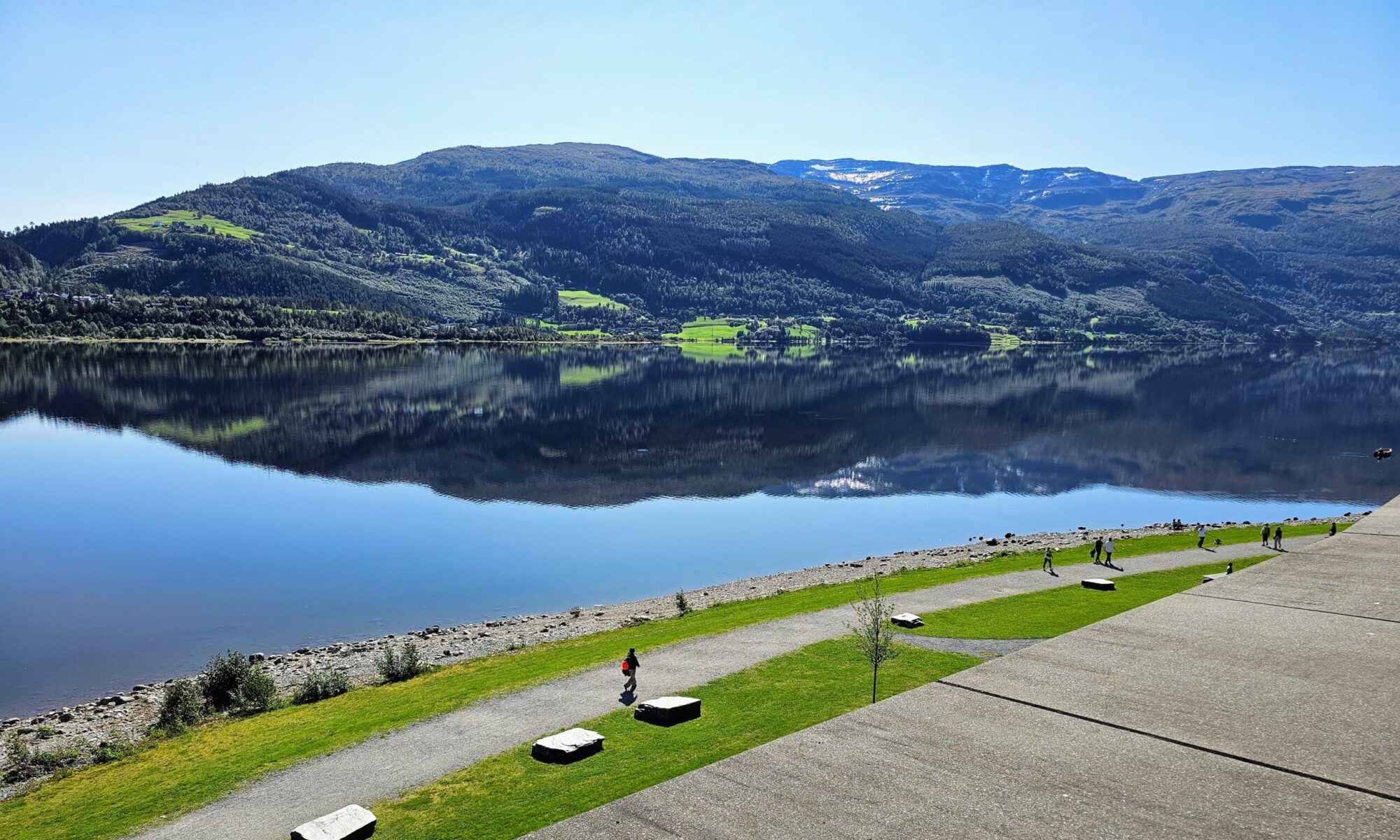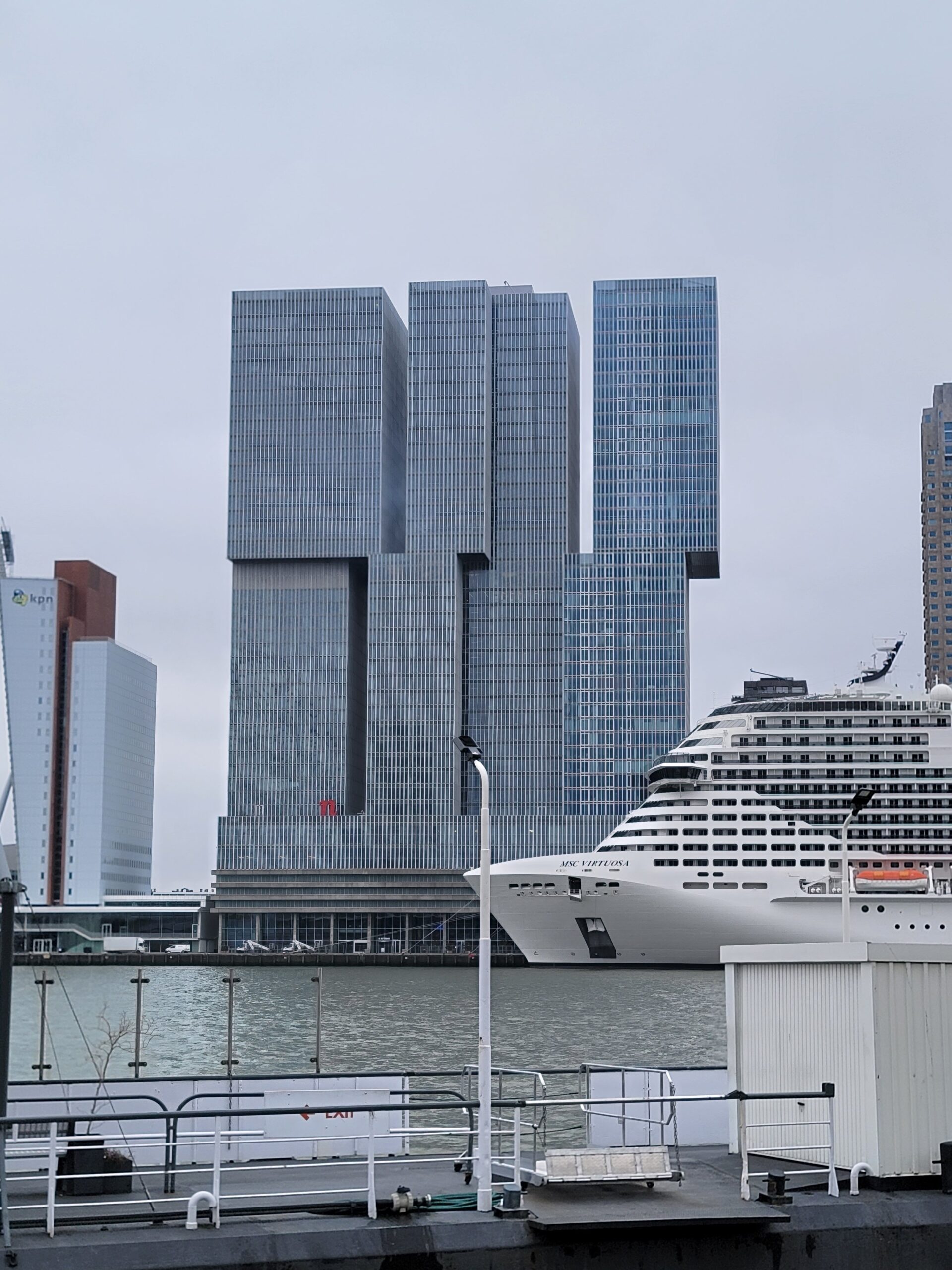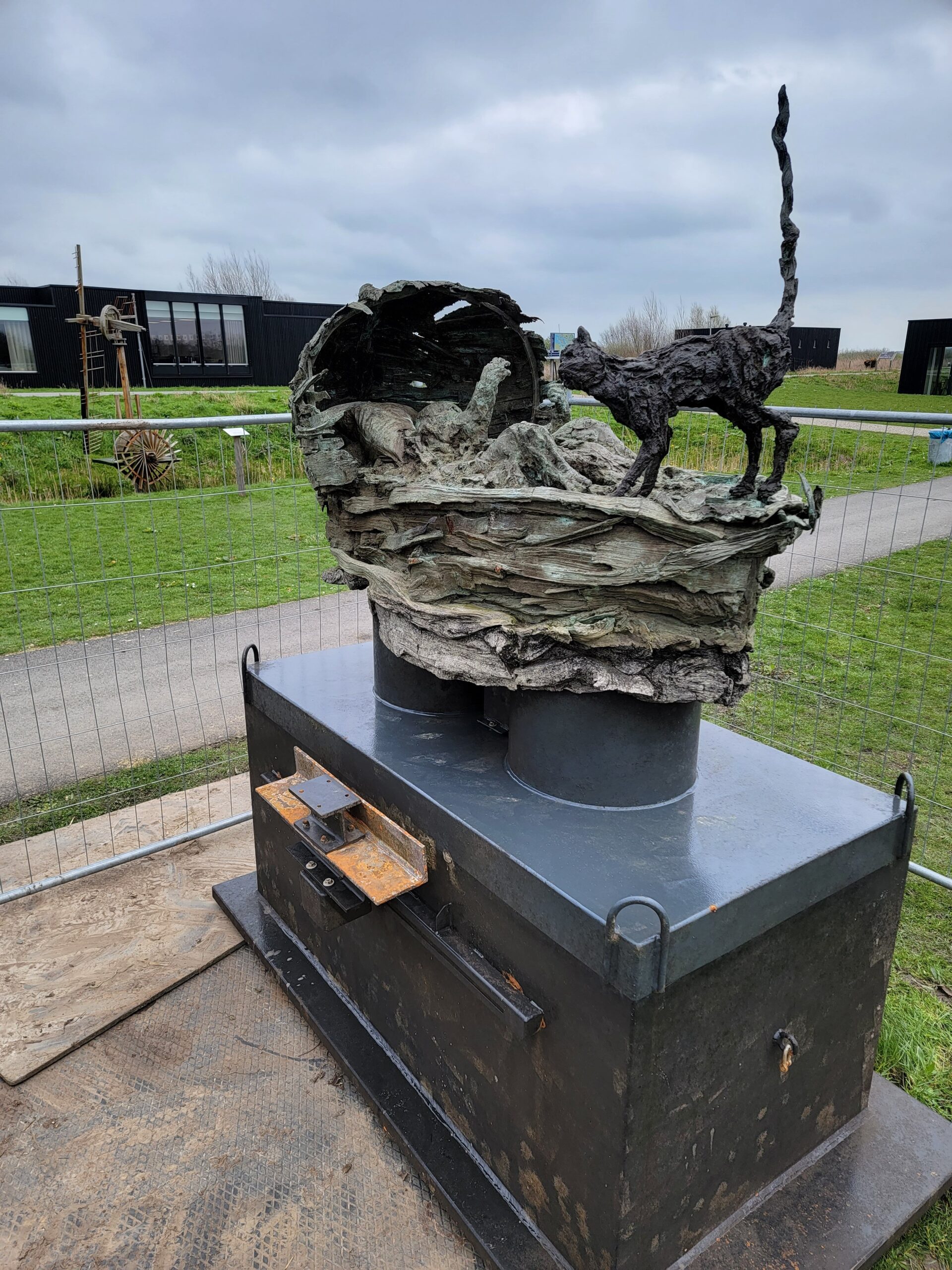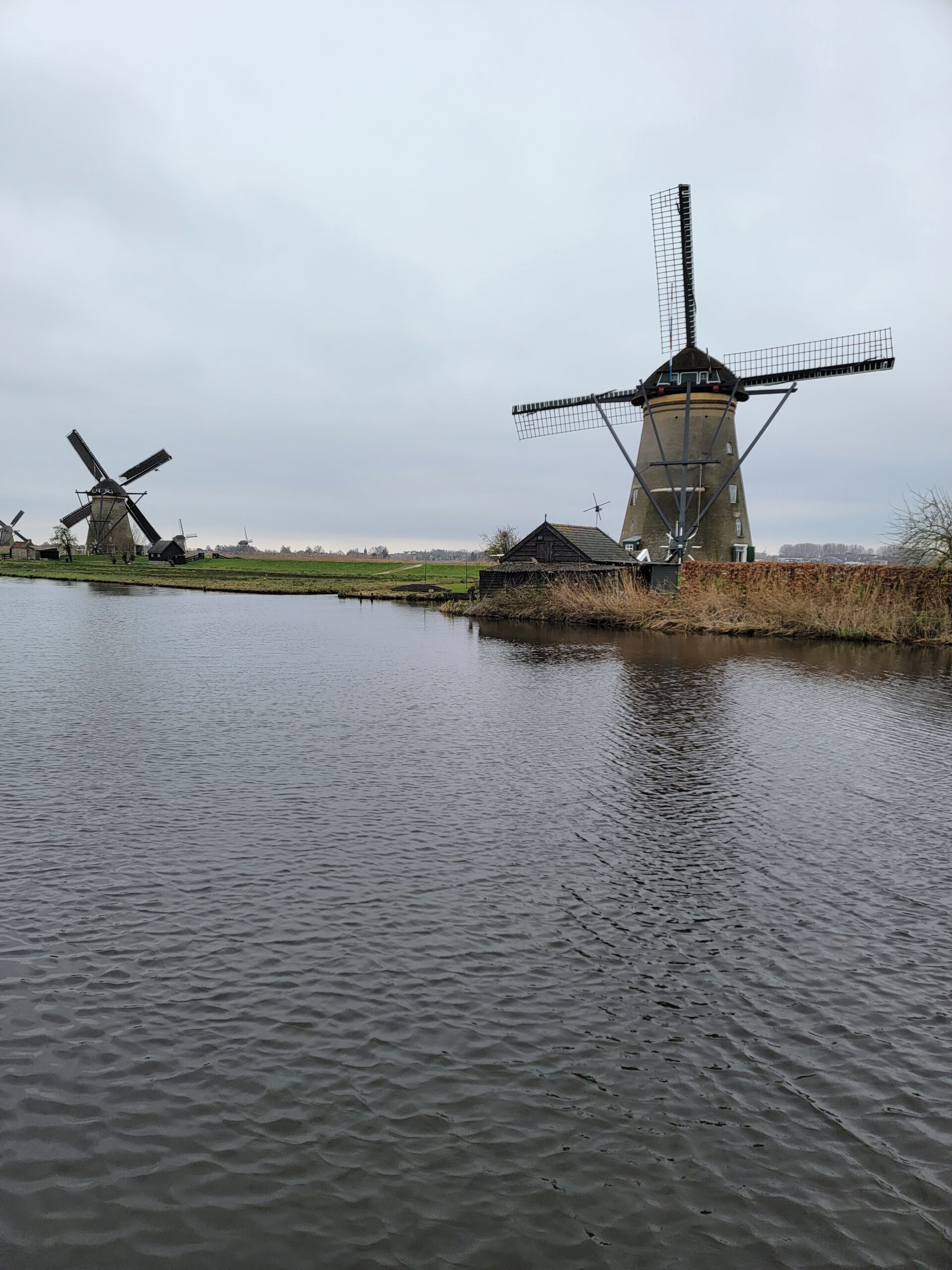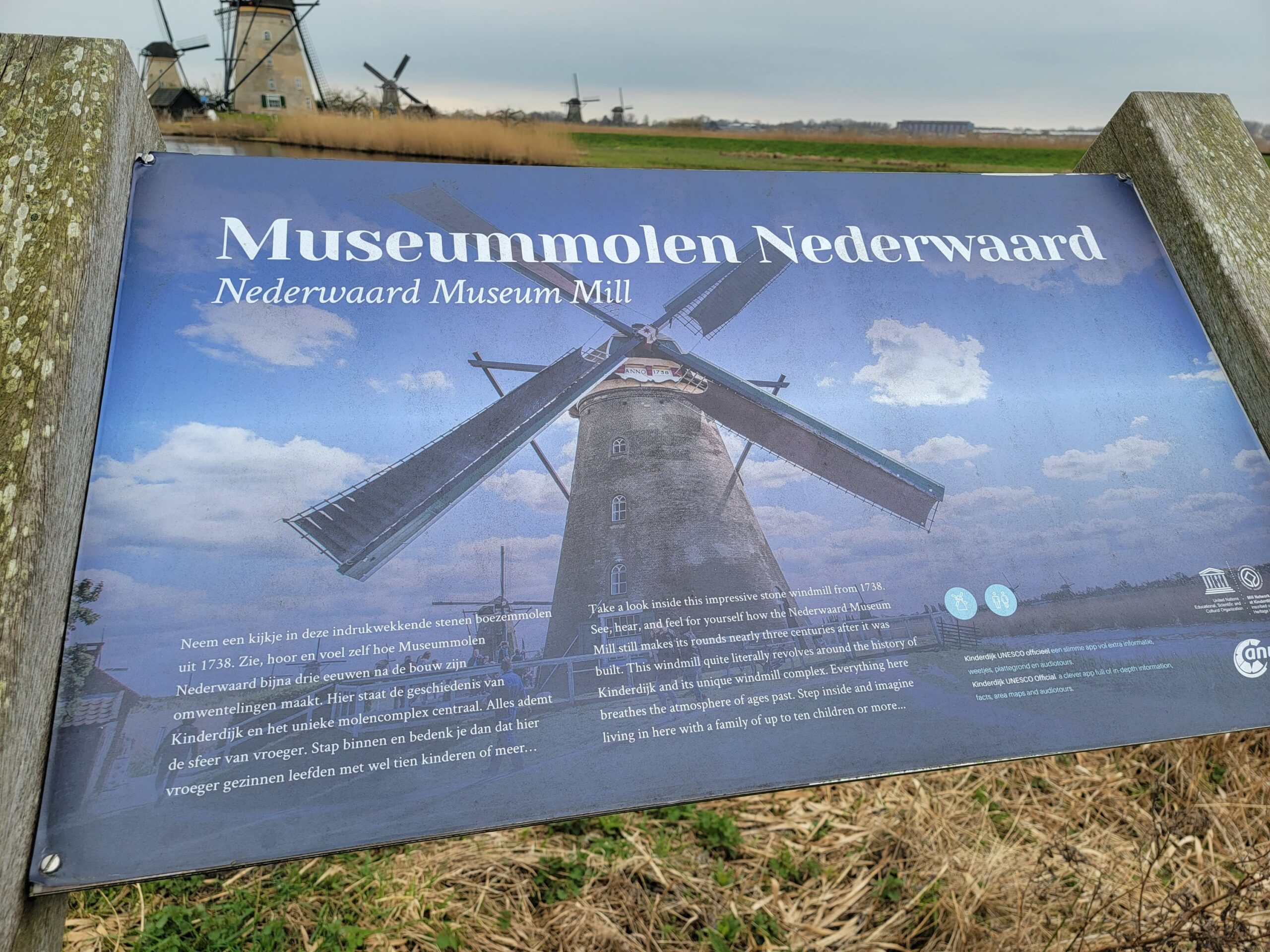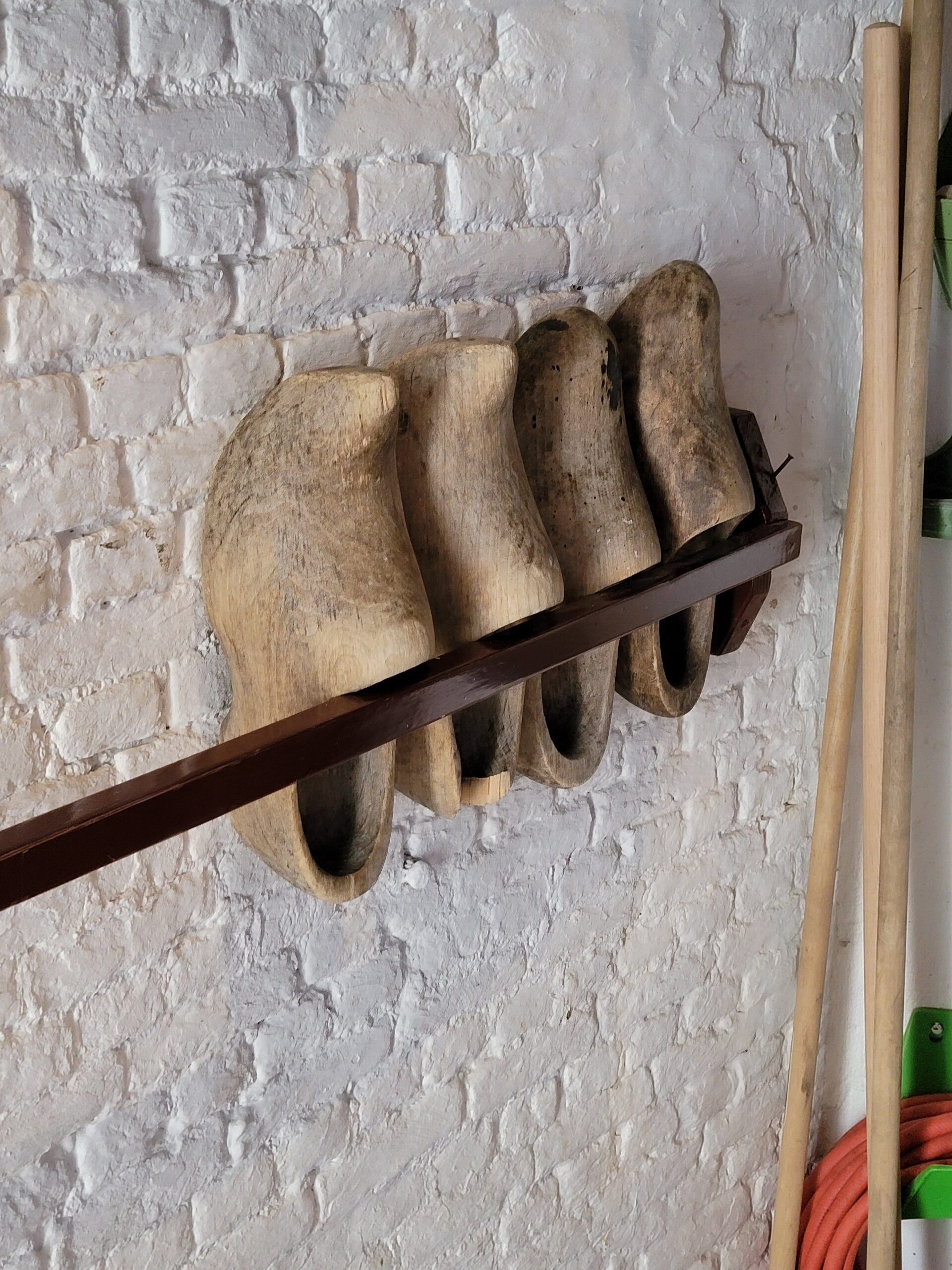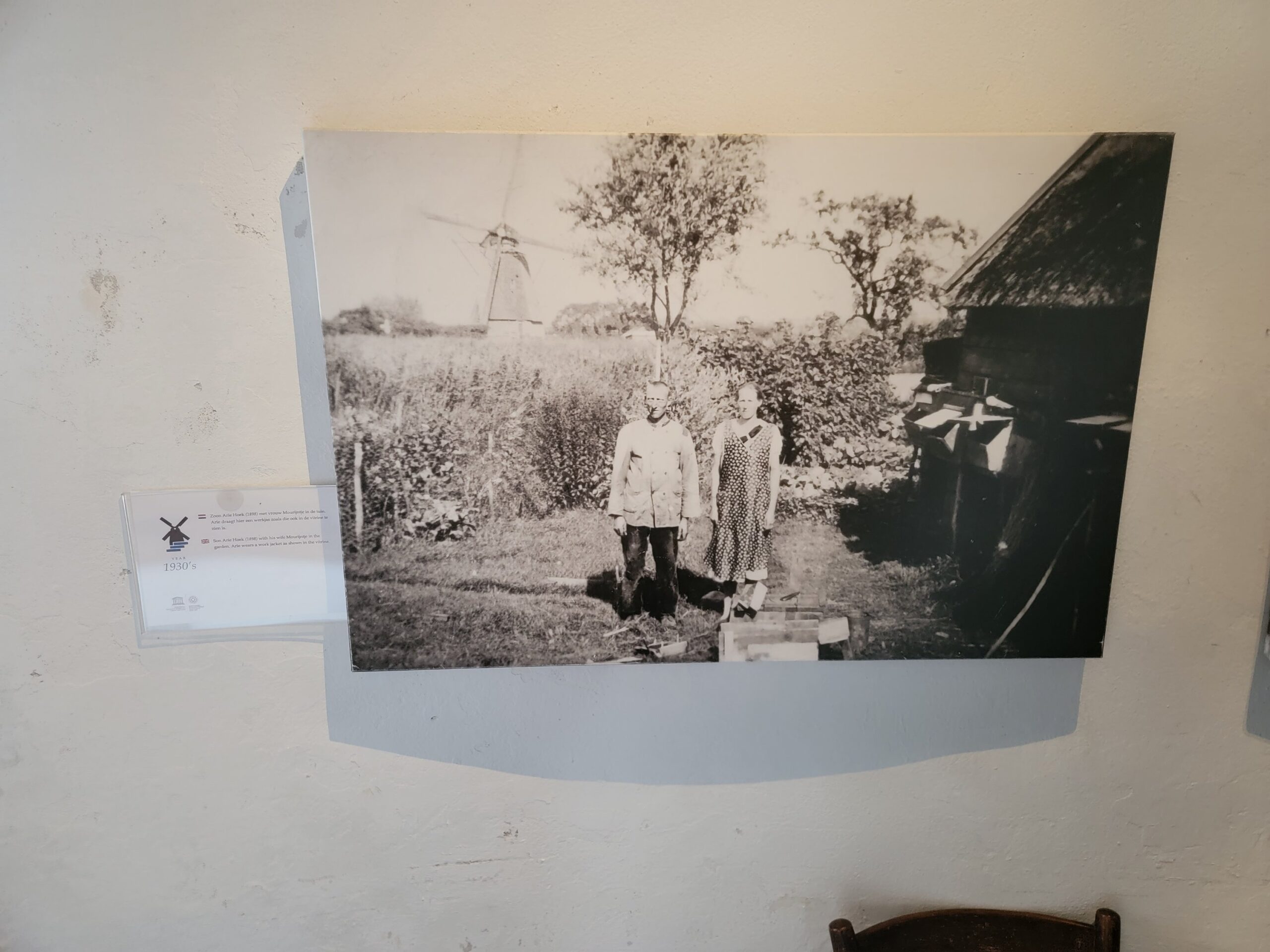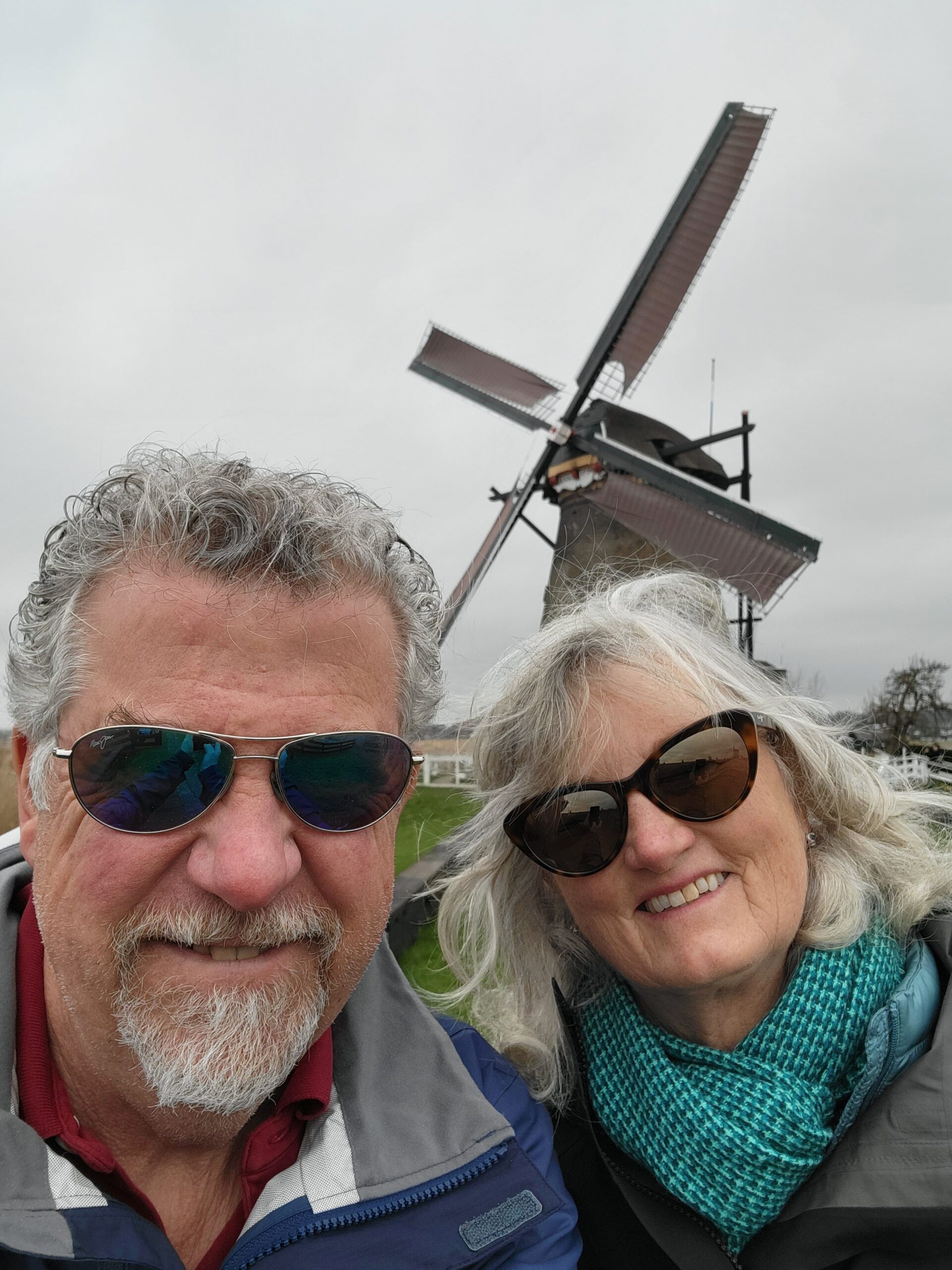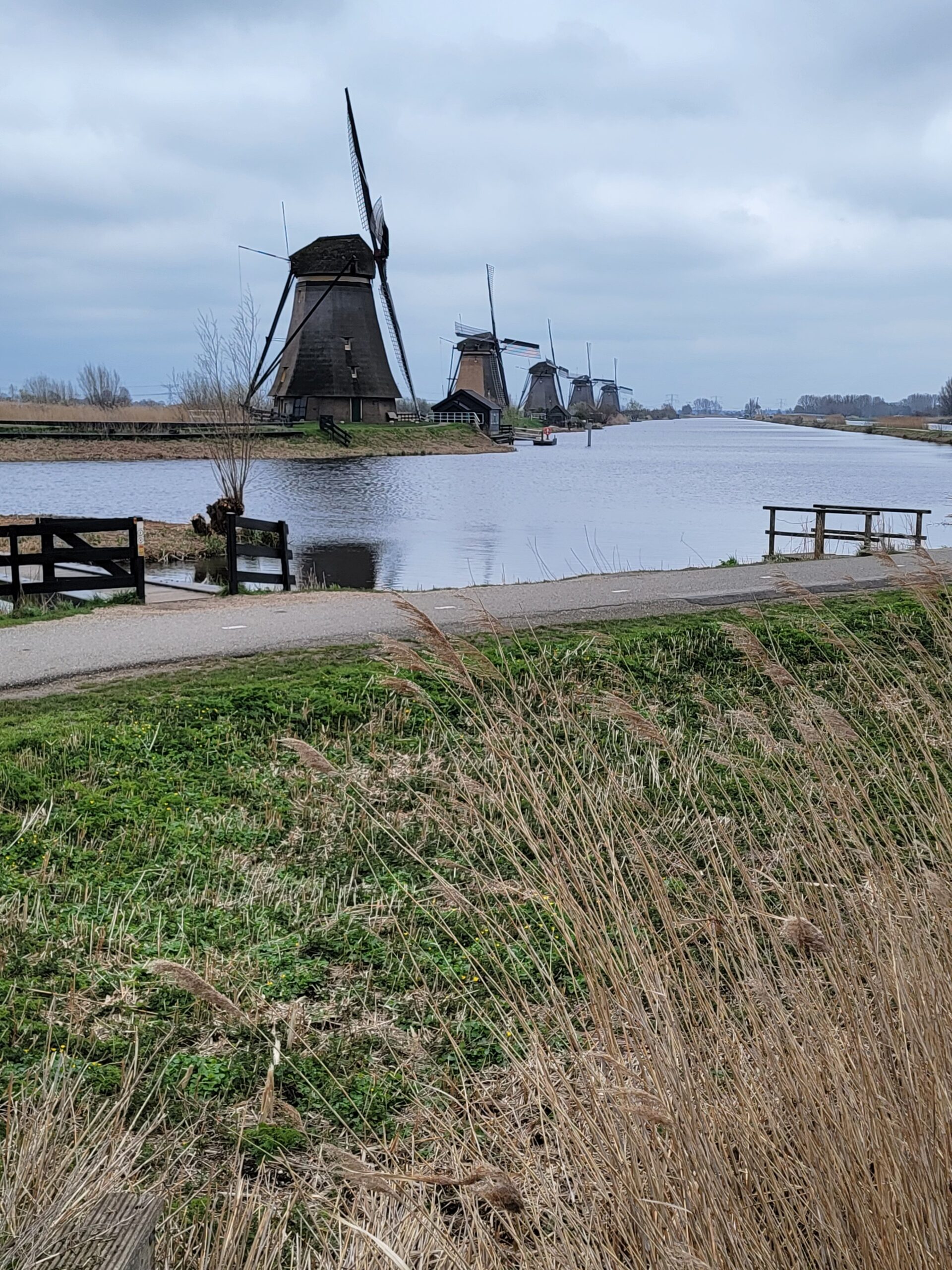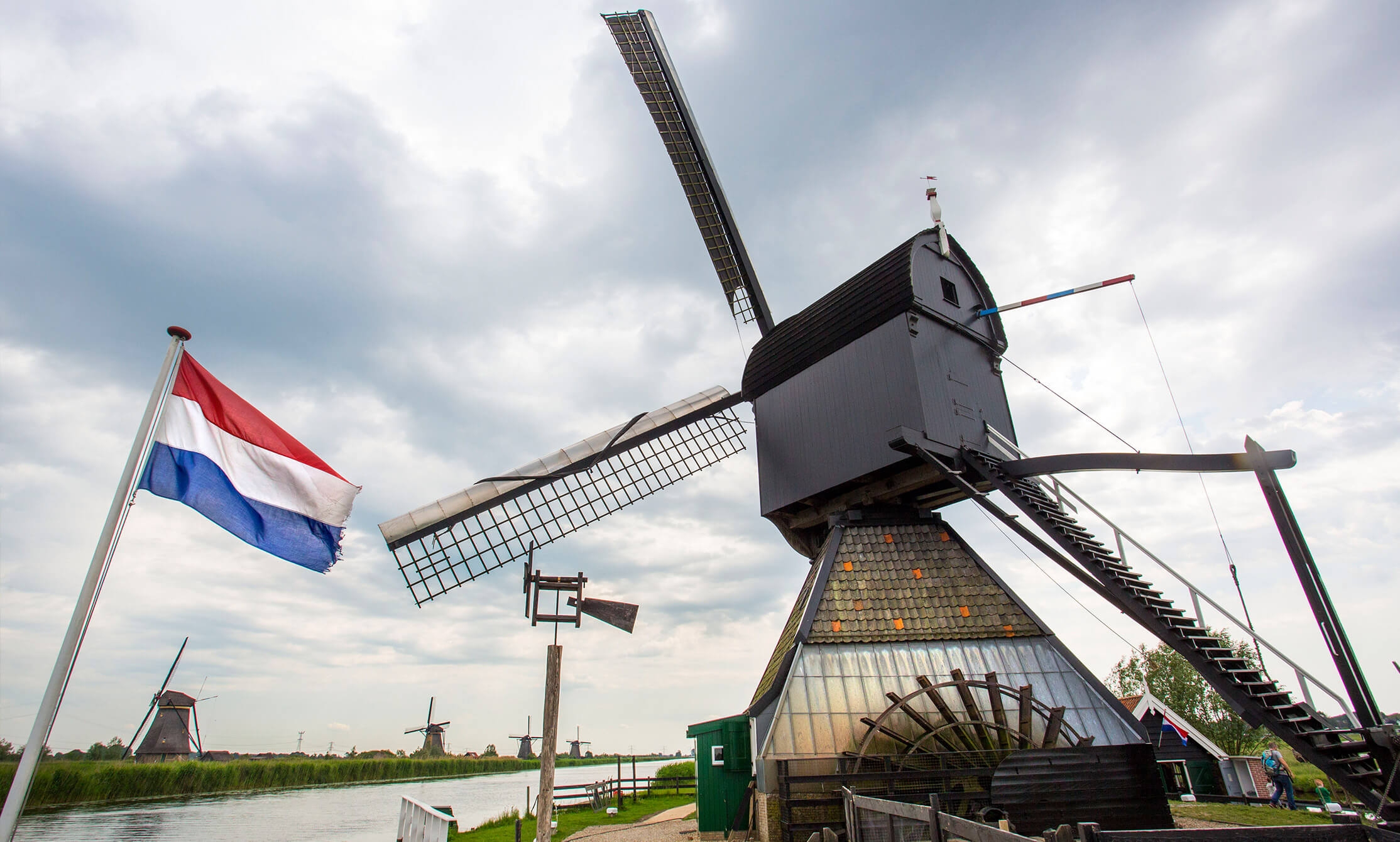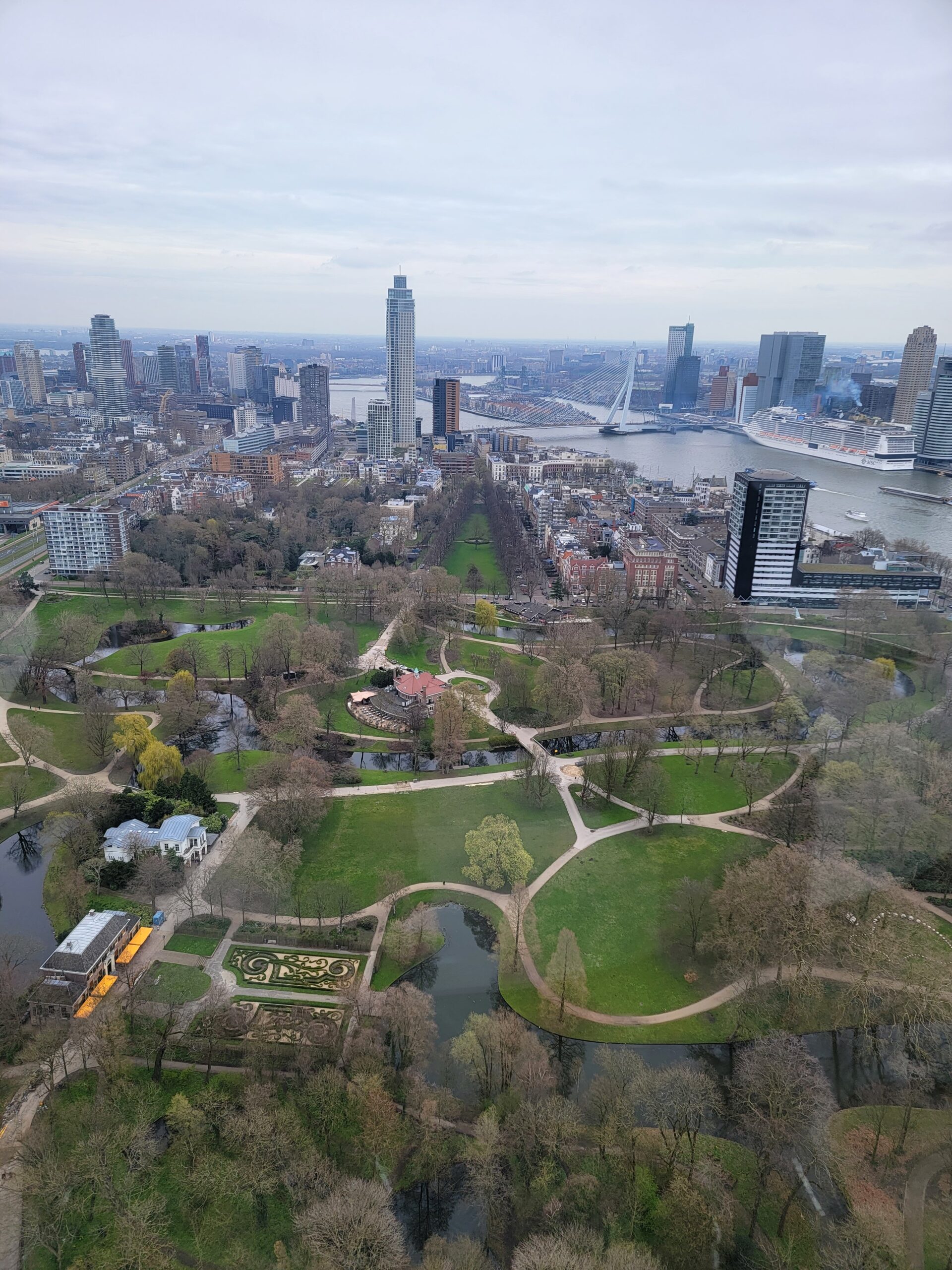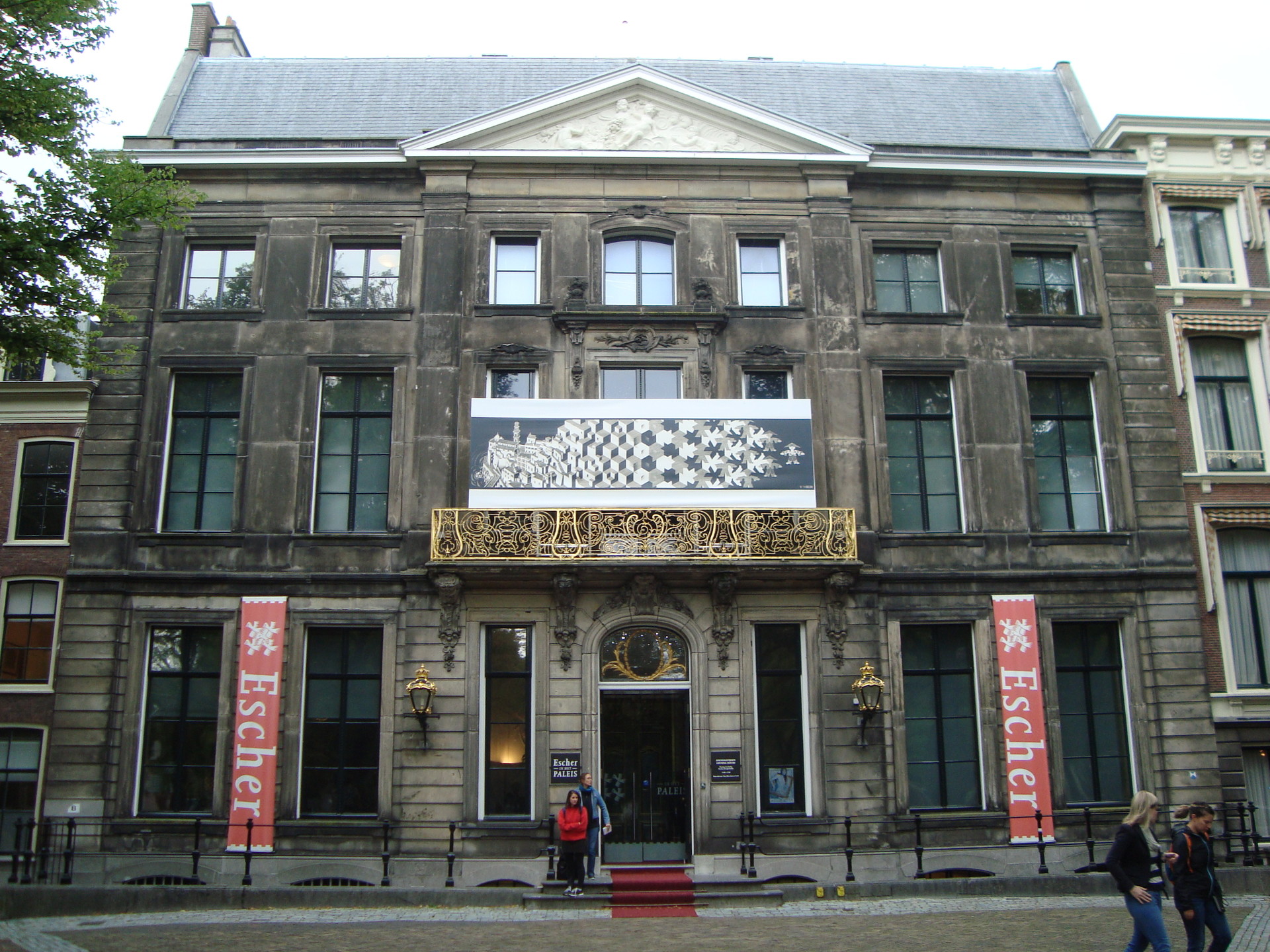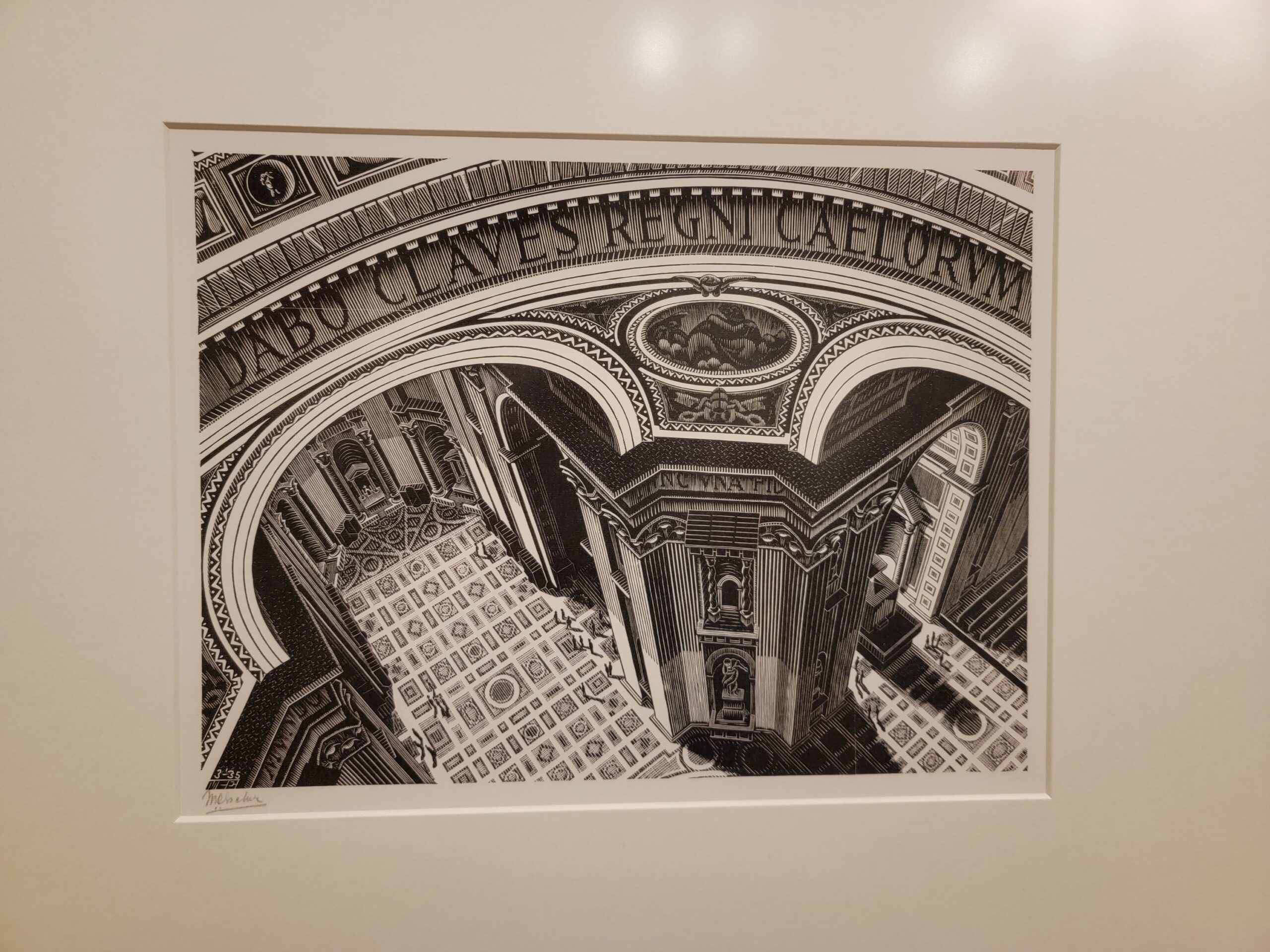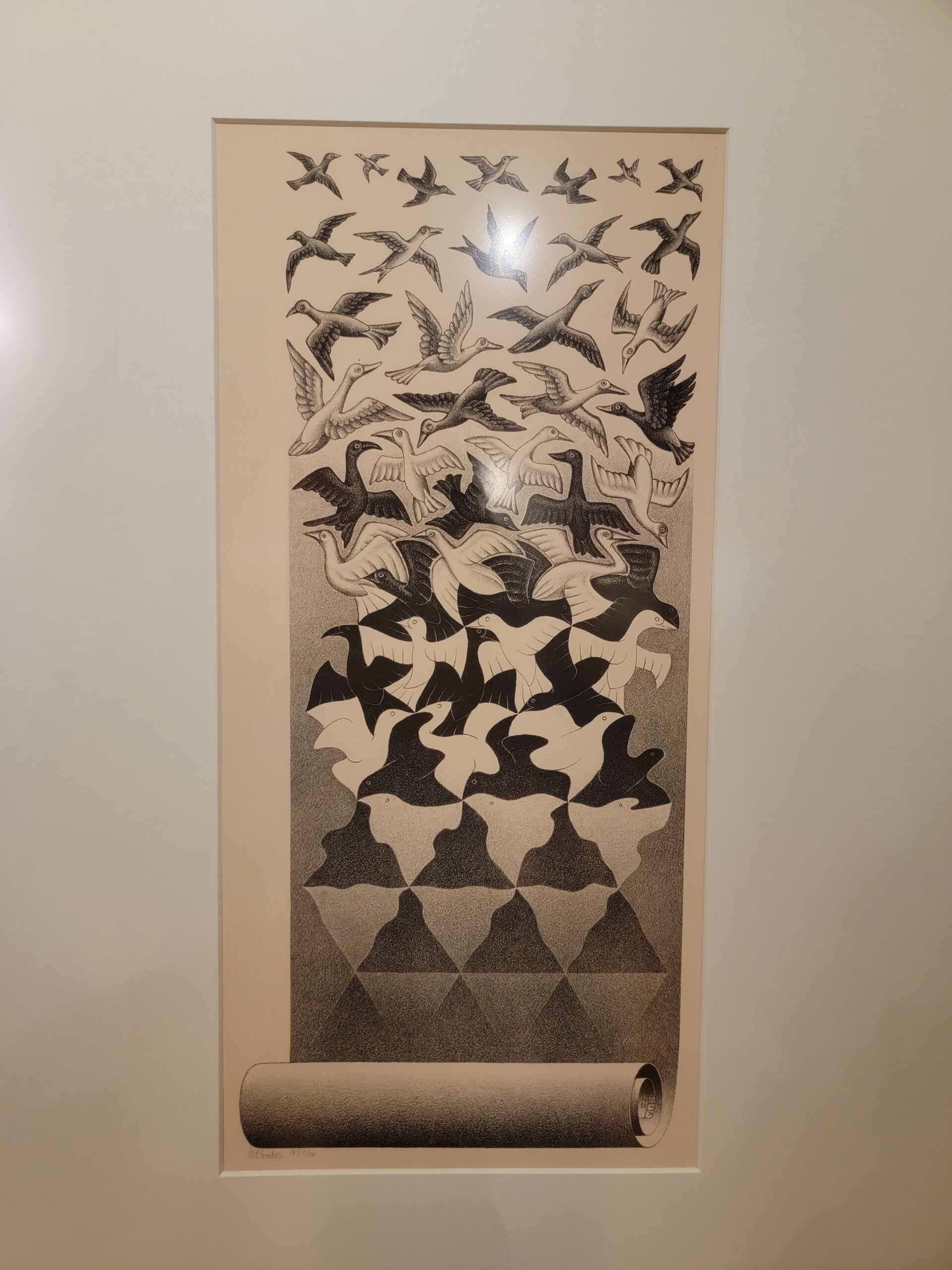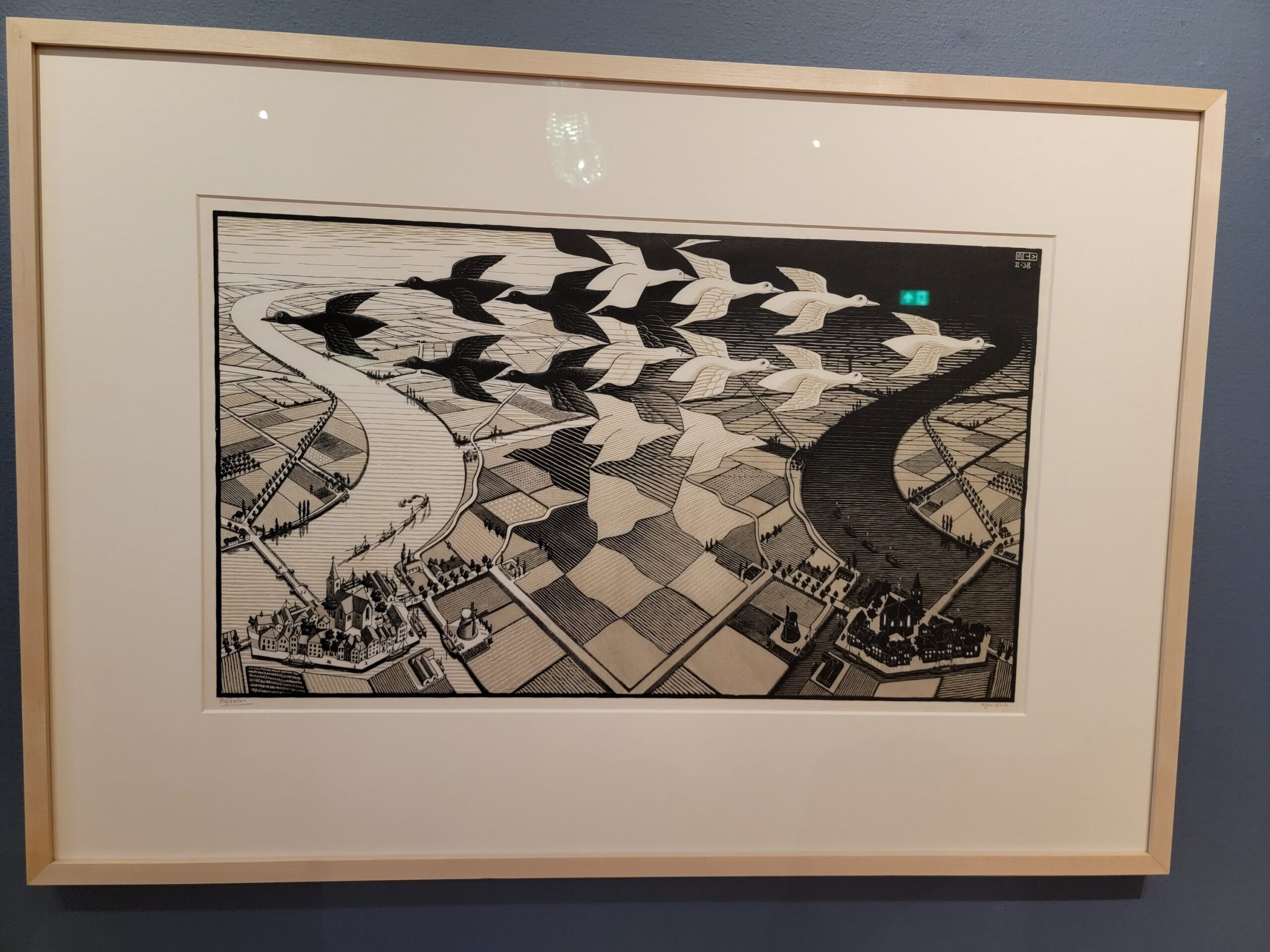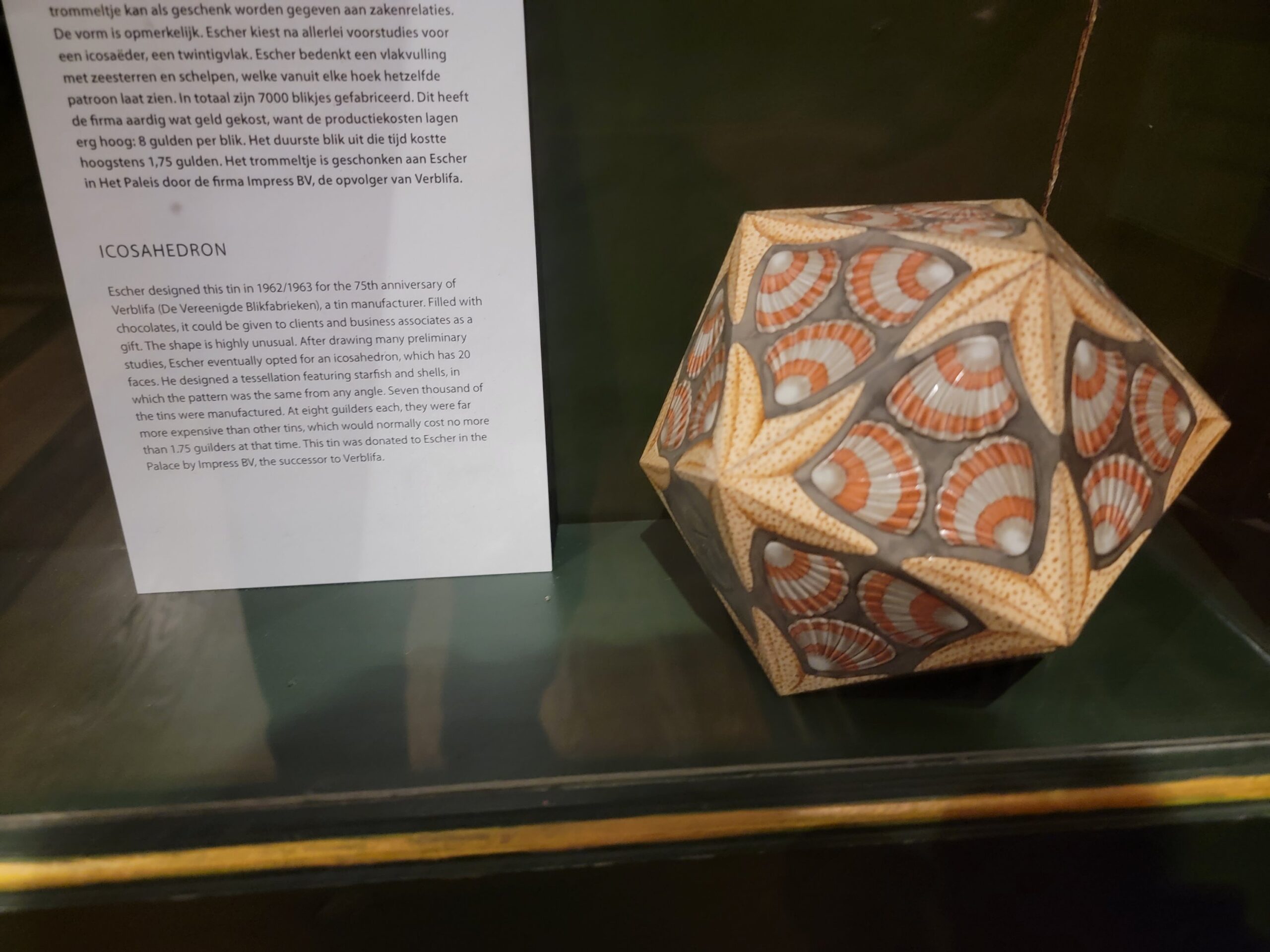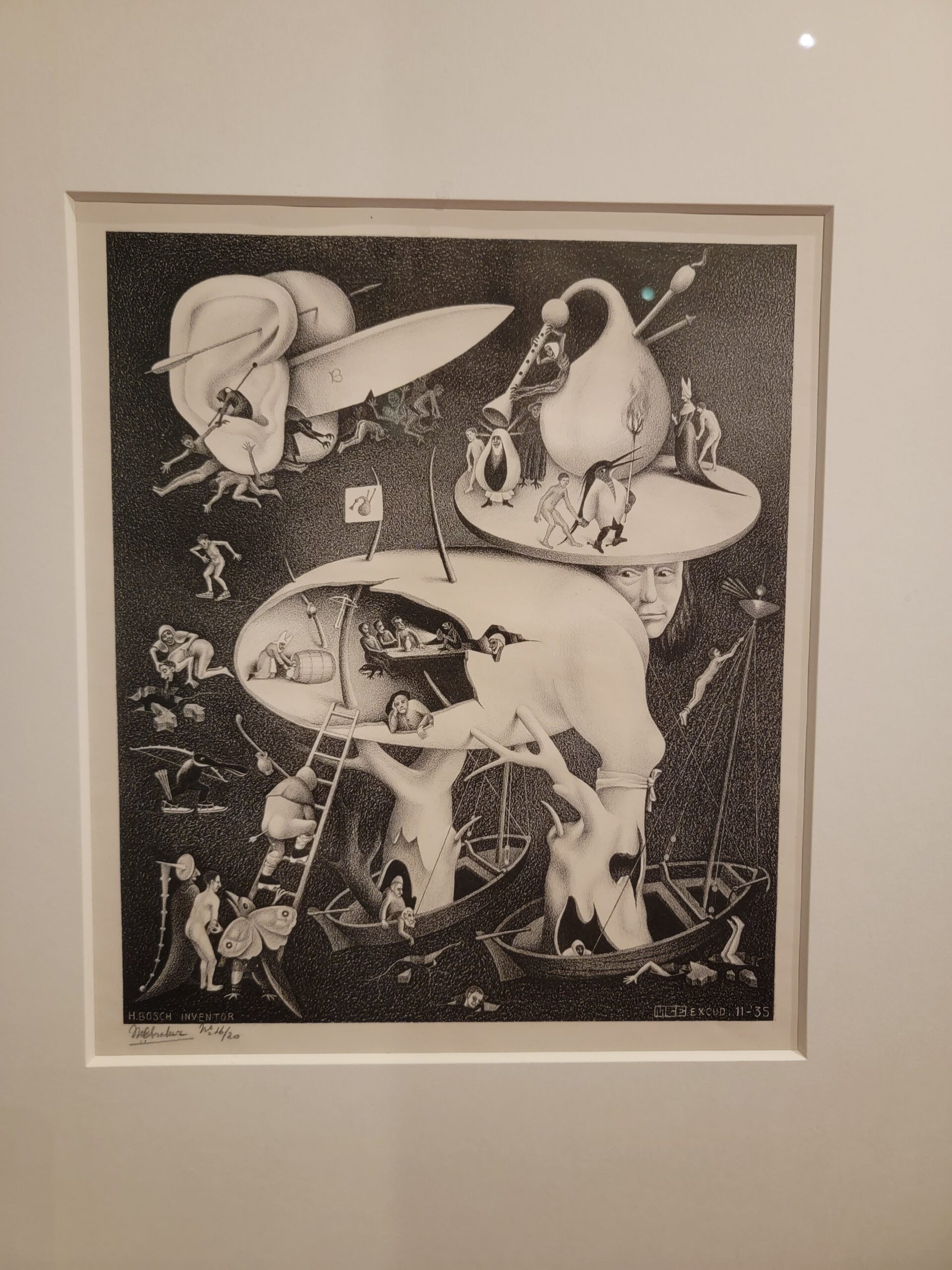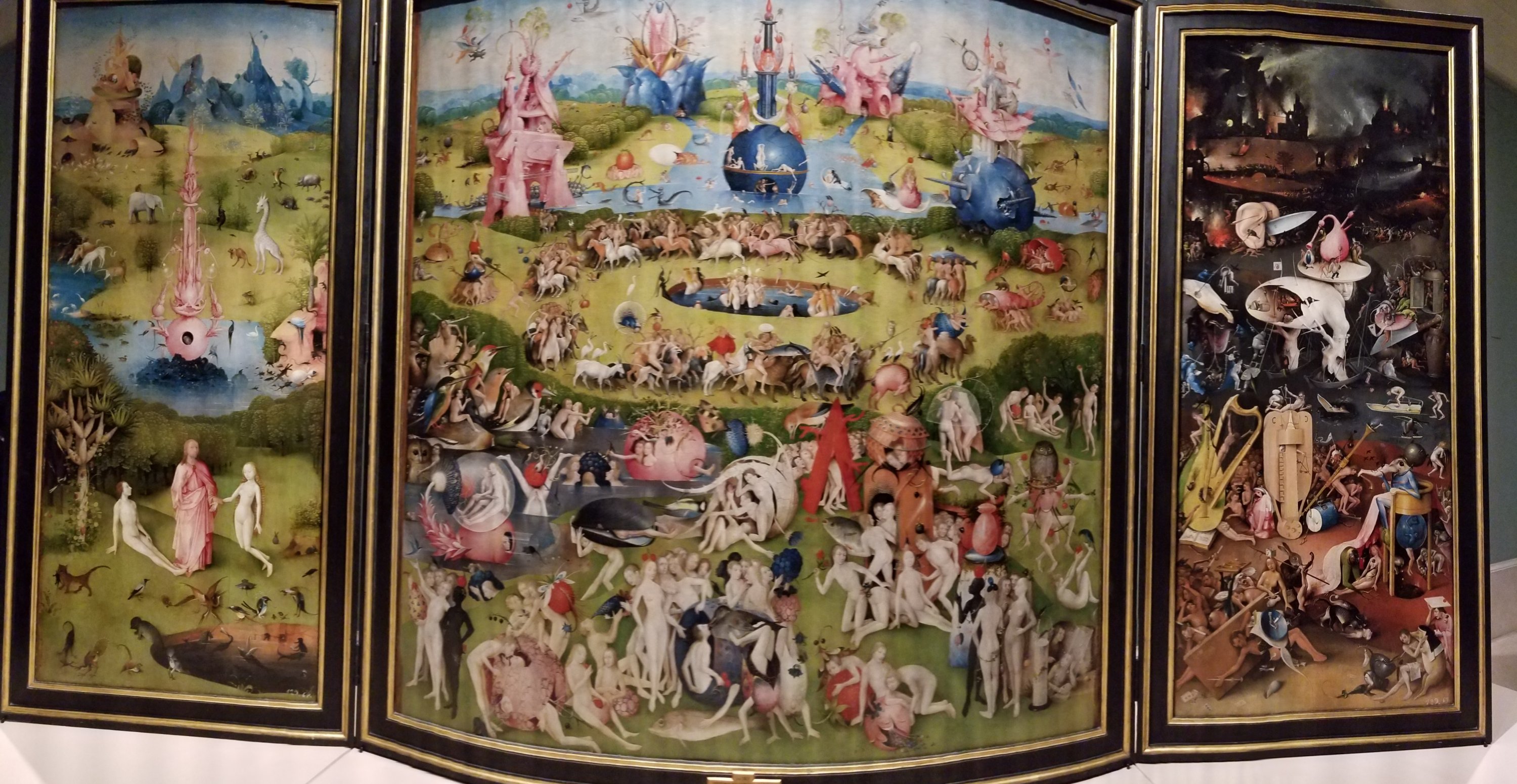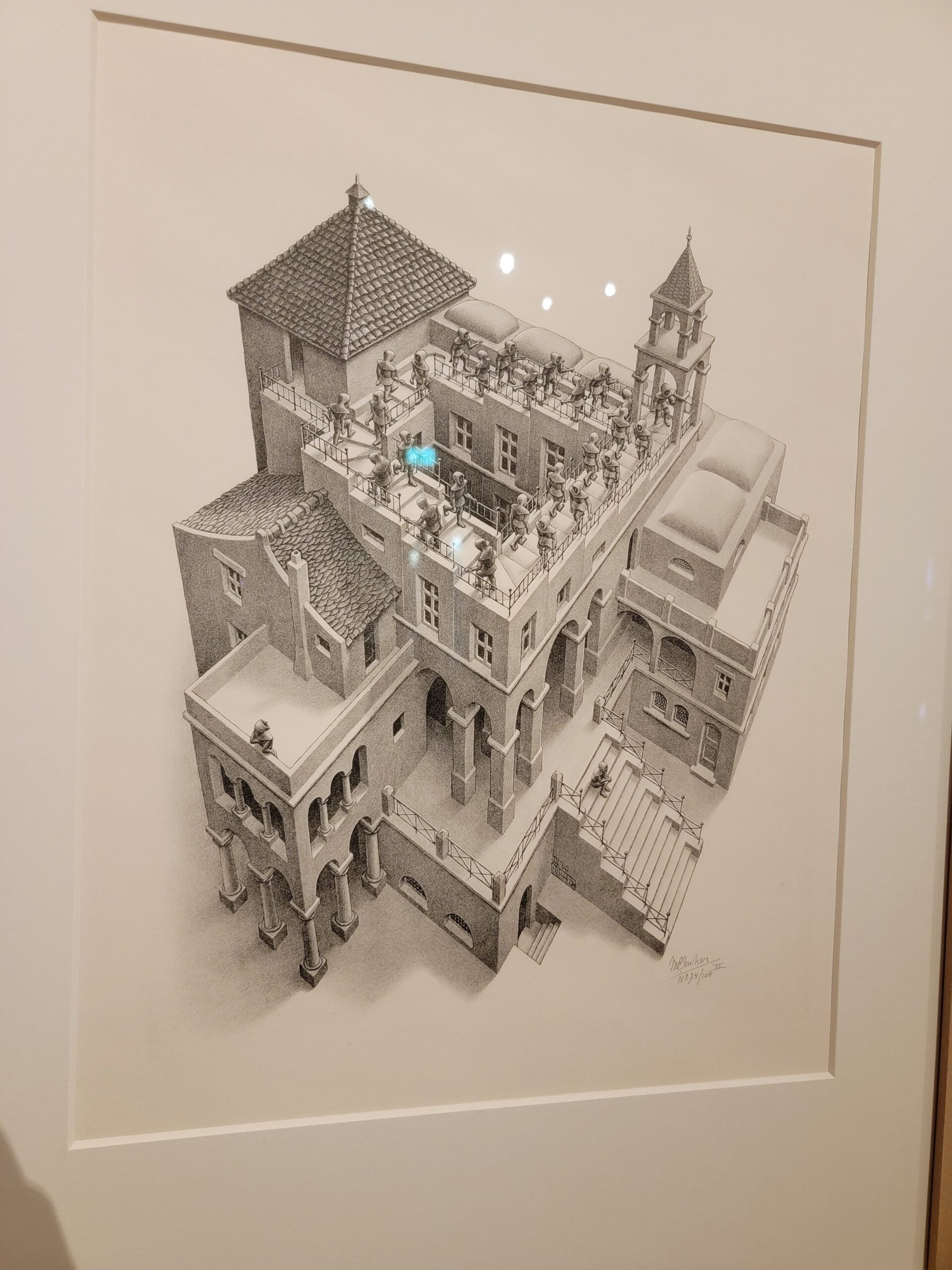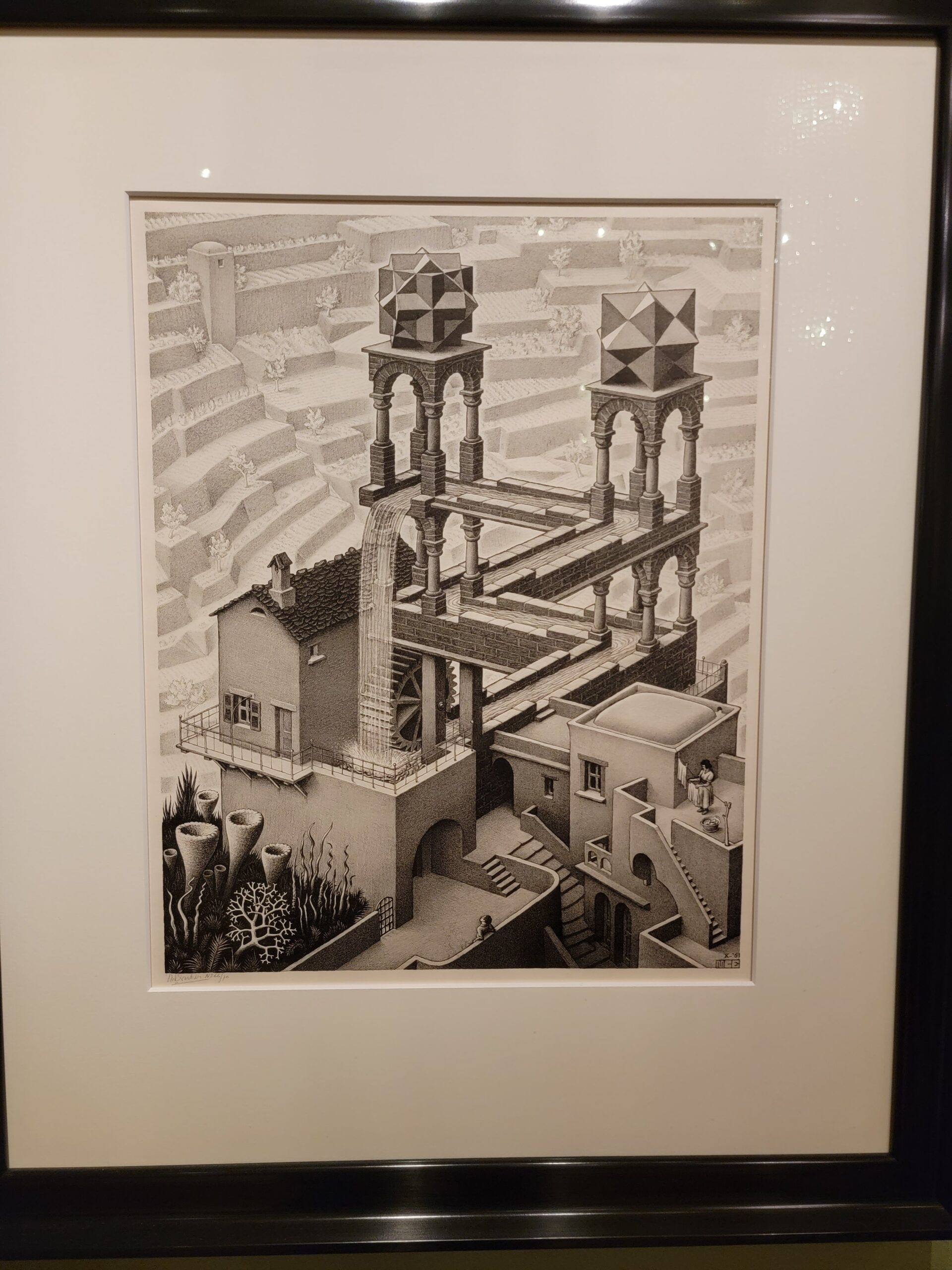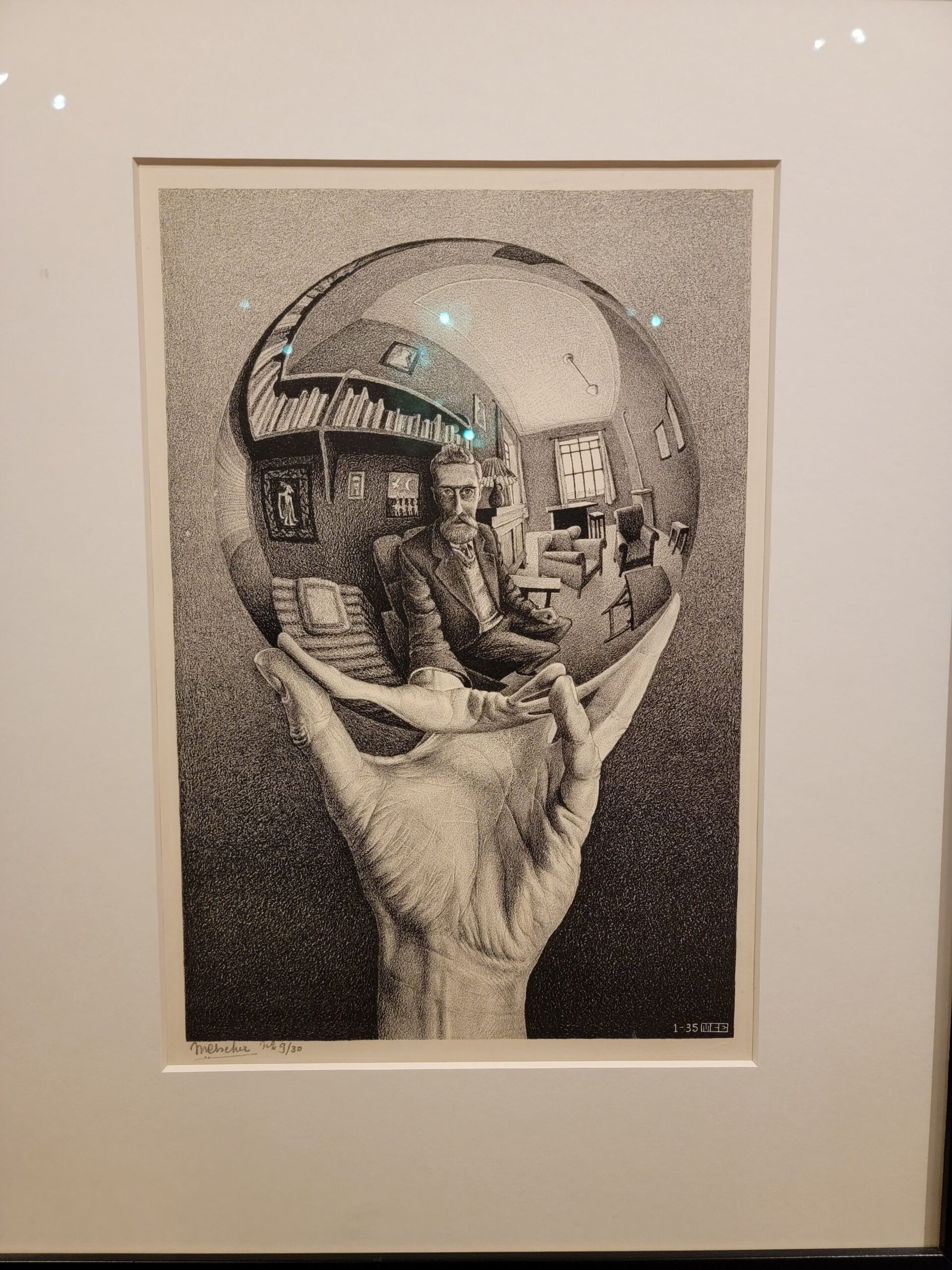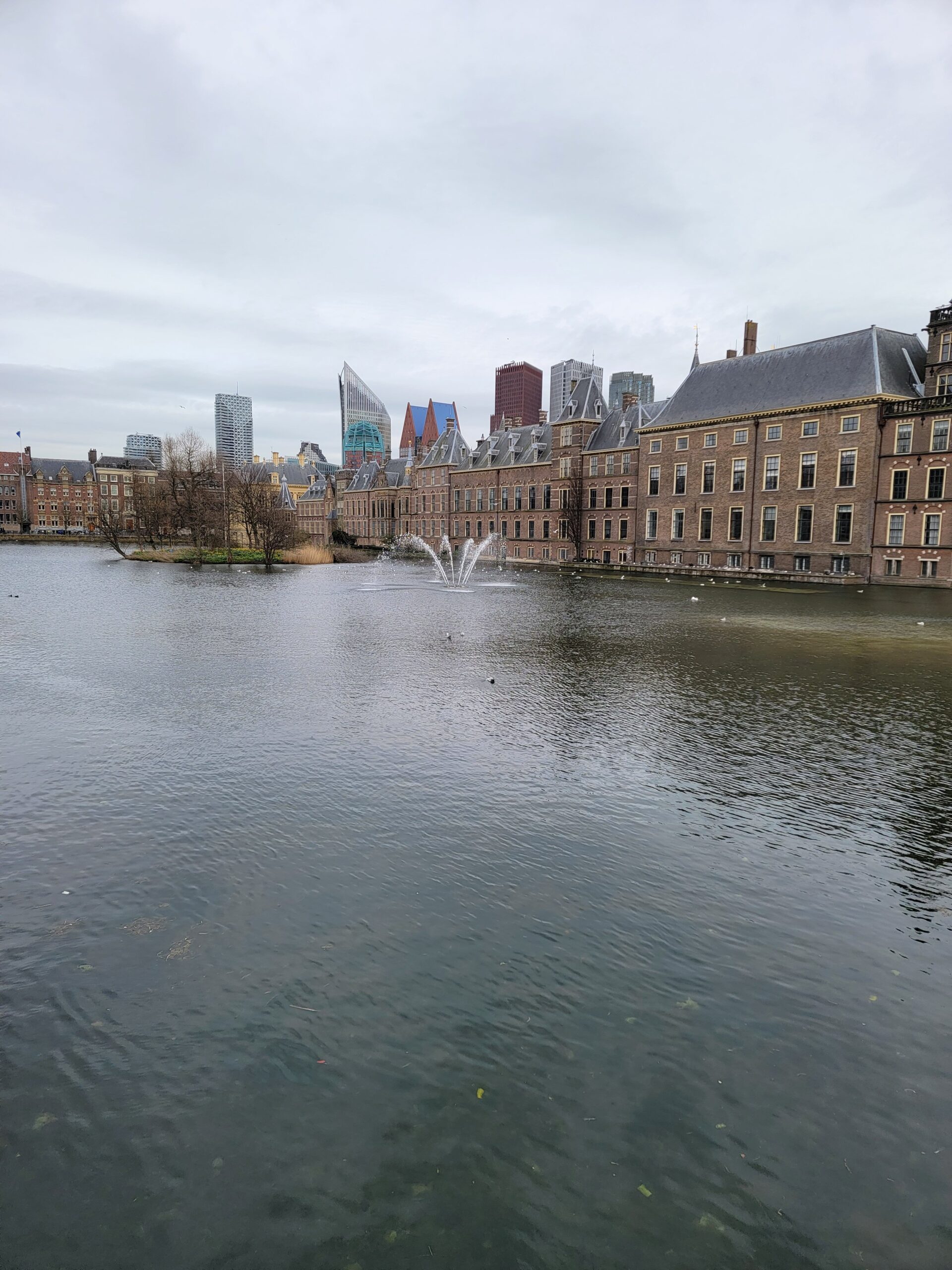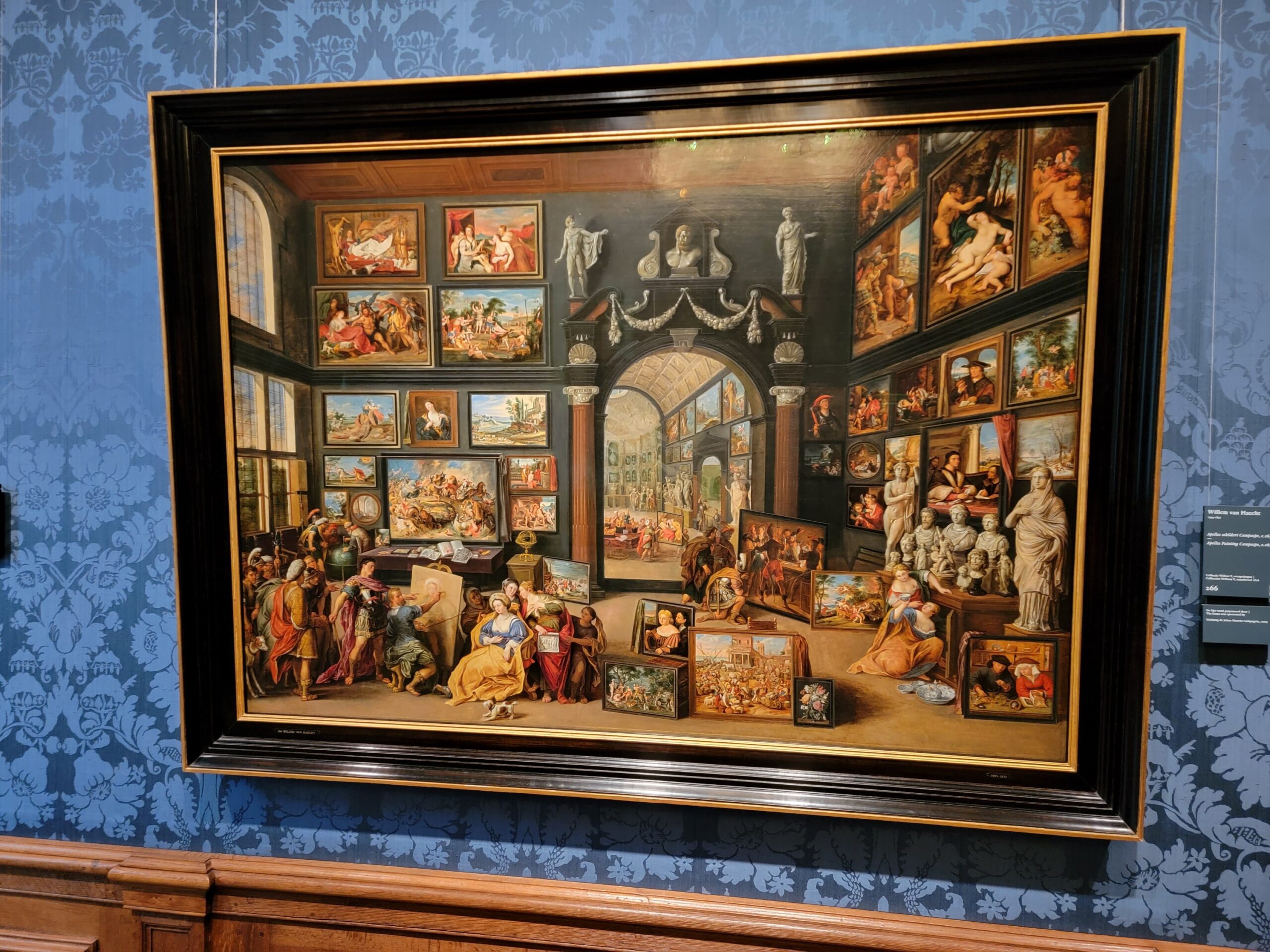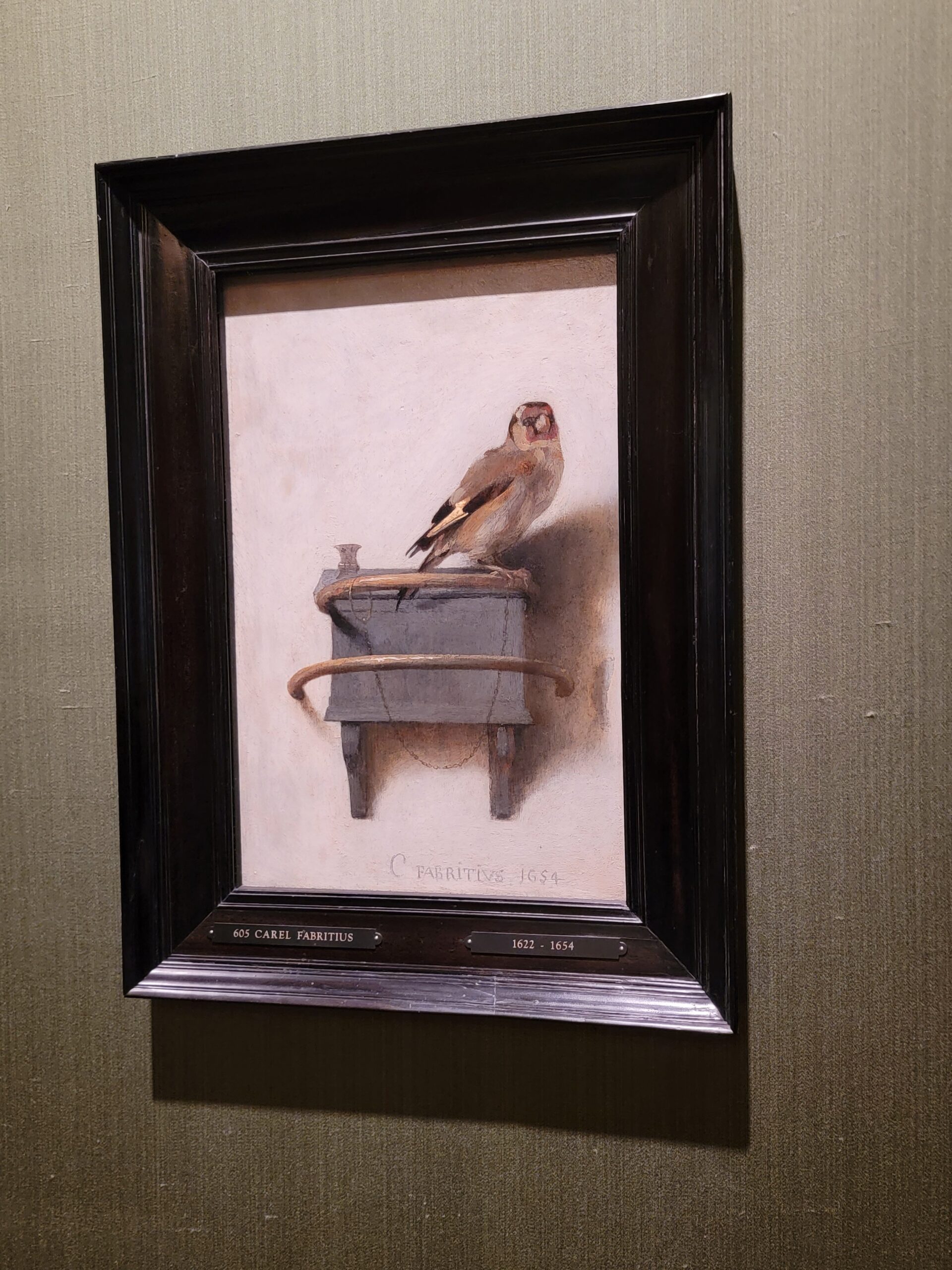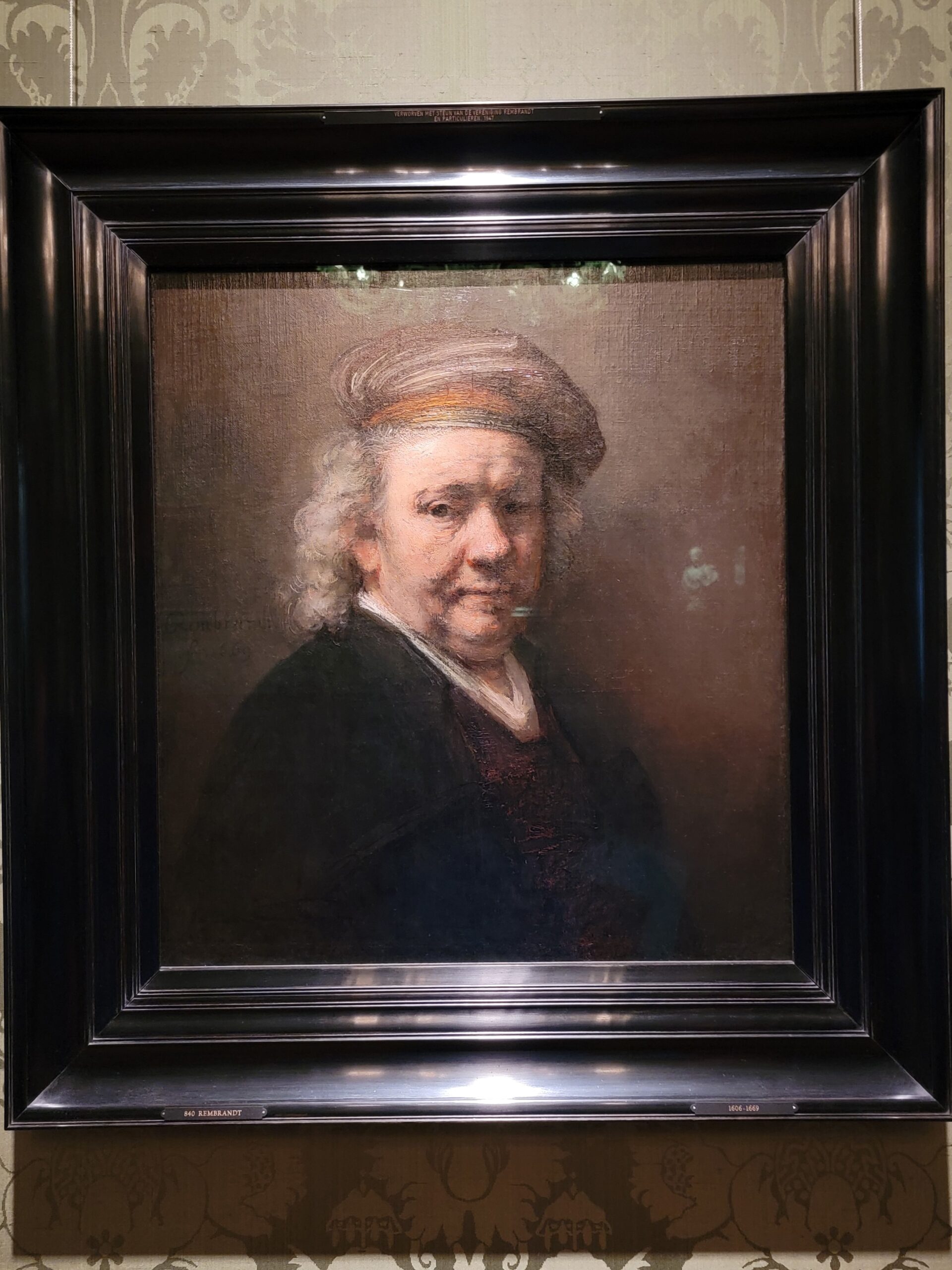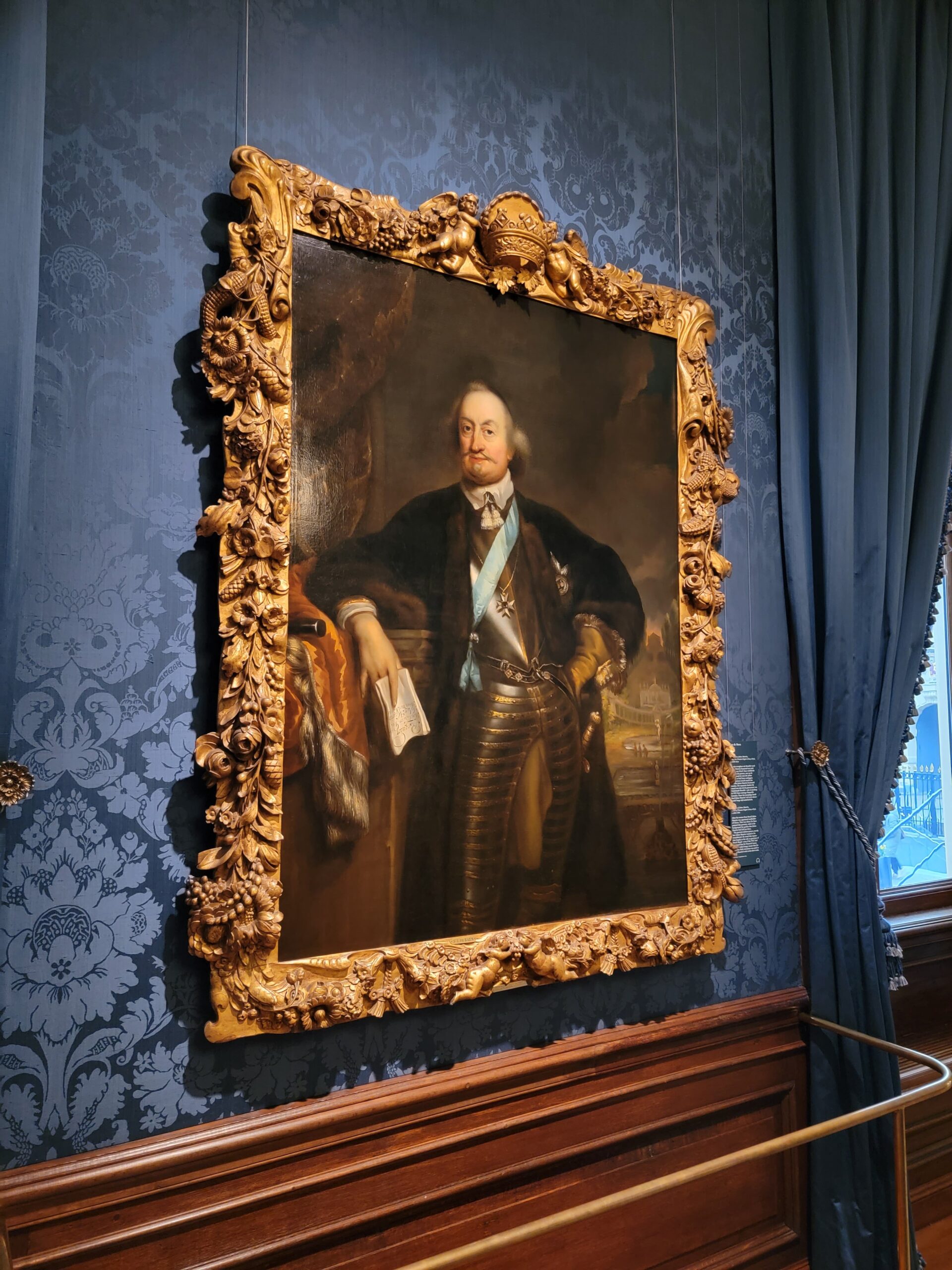We took another day trip from Delft, this time to Rotterdam, a short 30 minute train ride away. Our first destination was the windmills of Kinderdijk, a UNESCO World Heritage Site since 1997. Figuring out how to get there took a bit of research.
Our journey included a train to Rotterdam, a tram to the waterfront, and two water taxis! The waterfront has some nice buildings to admire as you wait for the water taxi. The buildings are very modern here since the city was heavily bombed by the Allies during WWII.
If you buy a Rotterdam Tourist Day Pass it covers the tram and water taxi’s, and any other transportation for the day (outside of intercity trains), and at 15 euros each it was a bargain! The second water taxi drops you off just 100 meters from the Kinderdijk entrance, 9 miles east of Rotterdam. You don’t need a ticket to enter, but you can’t go into any of the windmills or museum sites without a ticket, so get one!
First off, Kinderdijk means “Children Dike”, so named due to a story from 1421, when a great storm flooded the area. After the storm subsided, a villager went to inspect the dikes and saw a wooden cradle floating on the water, with a cat jumping back and forth on the cradle to keep it from tipping over. As it came closer, the villager discovered a sleeping baby in the cradle, nice and dry. This Dutch folktale has been retold as “The Cat and the Cradle” (not The Cat in the Cradle). This artwork at the site depicts the story.
Kinderdijk has the highest concentration of windmills in the Netherlands, with 19 windmills, mostly dating from around 1740.
The windmills are in excellent condition and mostly operational, and two of them can be visited, including the one on the left below. The rest of the windmills are actually private homes.
This sign is at the entrance to one of the windmills, letting you know it’s basically a museum.
Just inside the windmill are some of the famous wooden shoes, which I still can’t believe anybody wore.
Here is a historic photo of some of the early operators of the windmill, who likely wore those wooden shoes.
I took two short videos showing the inner workings of the windmill in operation. The wind was up so this one was really cranking! The first video is from the upper part of the windmill.
The next video is the lower part of the windmill. All of these windmills are used for moving water out of low lying areas, and pushing that water into the nearby river, so this lower part is actually like a water wheel.
A somewhat successful selfie in front of the museum-quality windmill. Ok, the windmill is slightly out of focus. I’ll get there someday!
The beautiful photo opportunities are everywhere here!
The second windmill you can visit is actually the oldest one here, built in 1630. It has a very different look from the “newer” windmills from the 1740’s.
After returning to the waterfront of Rotterdam we walked over to the Euromast, an observation tower completed in 1960. The upper Space Tower, which you can ride up in for an additional fee, was added in 1970. There is a restaurant inside the glassed in portion seen below, where you can get a beer and some wings to tide you over.
This was the highest building in the Netherlands until 2021, when a taller building in Rotterdam was completed. The tower hosts “Base Jumping” events every few years. I would have liked to have watched that, but we had to settle for going up in the Space Tower. It does make for an incredible view!
Up next, we head to the city of Utrecht, which is basically a smaller version of Amsterdam.
